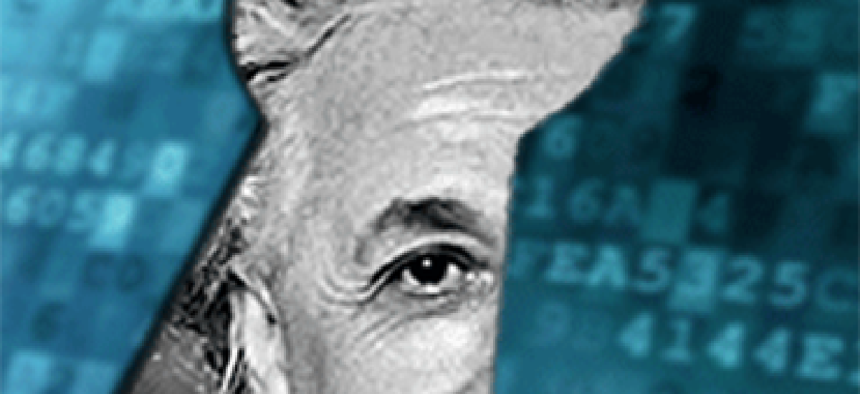DHS rolls out Einstein intrusion detection

The new system is the latest iteration of a continuous monitoring program intended to protect agencies.

The Homeland Security Department went live this week with its Einstein 3 automated intrusion detection system, the latest iteration of a continuous monitoring program designed to protect government agencies from malicious cyber activities.
Einstein 3 builds on the two previous versions of the DHS-managed security service, now offering capabilities that go beyond observing network information flow and signature-based threat detection. The new form of the program works with Internet service providers to detect malicious traffic and stop it. The program additionally provides officials with key decision-making information shared among participating organizations.
"We're going to get a lot of perimeter information from Einstein 3," Bobbie Stempfley, acting assistant secretary of DHS' Office of Cybersecurity and Communications, said at an industry event in Washington on July 24, the day of the roll-out. "We've got these information exchanges that we do with departments and agencies, with companies. We get information in, we share that back out with security operations centers across the enterprise and with the other security centers in the critical infrastructure entities. So we've got this information flowing that's actionable, it's good. We have to make decisions – information is useful only when it's actionable and when it helps you make better decisions."
Einstein initially launched in 2004, with Einstein 2 following in 2008. Einstein 2 is deployed at roughly 70 government agencies, and is expected to be fielded at 70 percent of executive branch agencies by the end of fiscal 2013, according to FCW sister publication GCN.
Stempfley declined to identify the first agency to go live with Einstein 3, but she did say the Veterans Affairs Department would be the next, most likely by mid-August.
DHS provides the continuous diagnostics and mitigation services to users that enter into memorandums of agreement. So far, 20 of 23 of major departments and agencies have signed the MOAs – a major feat for federal cybersecurity, Stempfley said
"Three years ago when I walked in the door and we were working on Einstein, I could not have said that," she said. "We're in a different place now. ... Thankfully we're in a place where everybody cares about cybersecurity. We have a ready and waiting audience for when the capability comes out."
Moving away from simple compliance and into more active defense is critical, and the conversations happening today – conversations that not so long ago were not taking place – illustrate the level of buy-in by leadership, she said.
"Let's mature ourselves as a community; let's have not just the technical conversation, but have the more advanced, direct conversations that enable us to make decisions, using all this information," Stempfley said. "As we transition from what we did in the past, our score or grade from the past, to what we're going to be able to do in the future, you have to have all of that insight. We're having these discussions across agencies and we're happy to have the dialog with executives at that CIO level."





